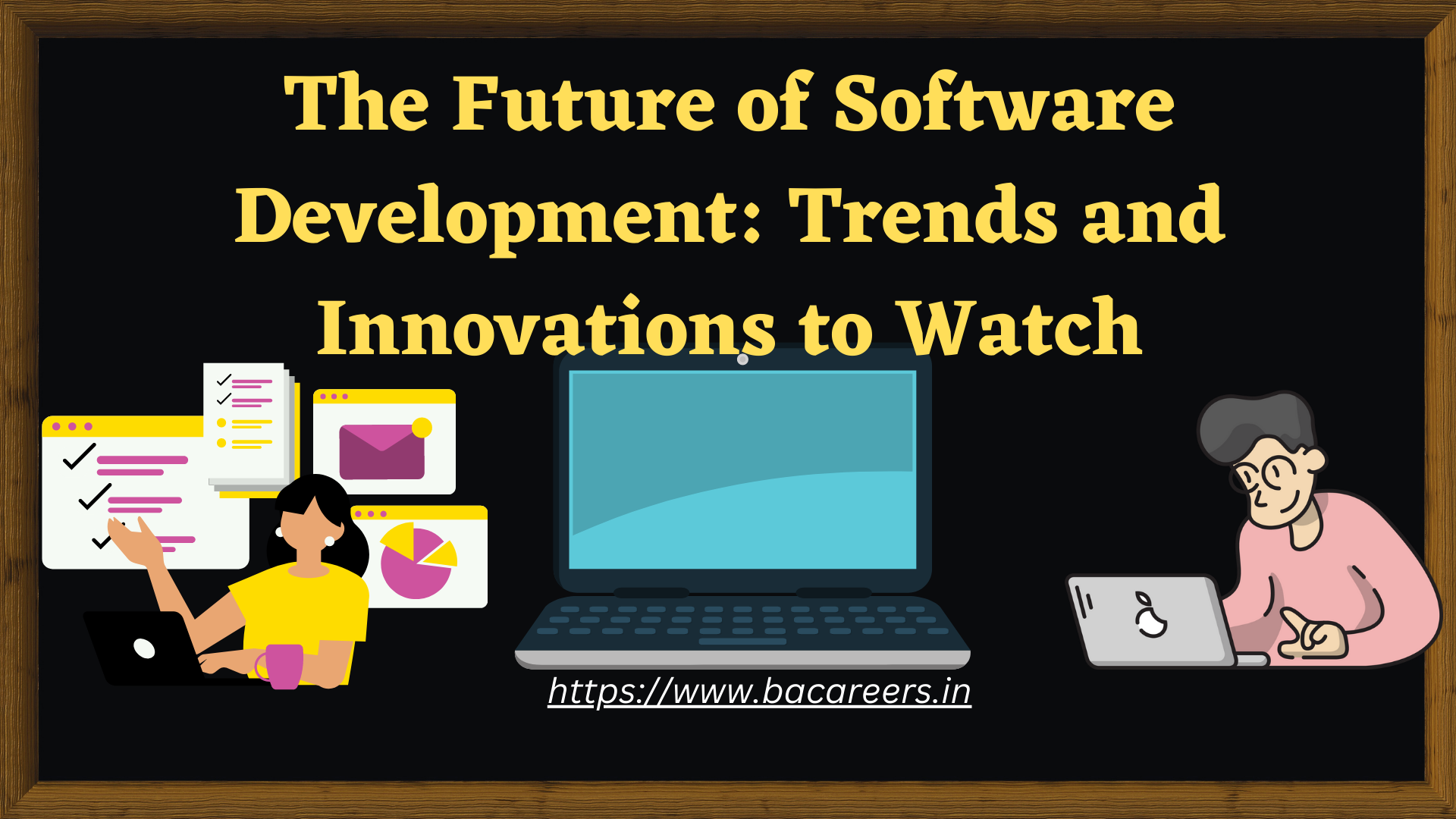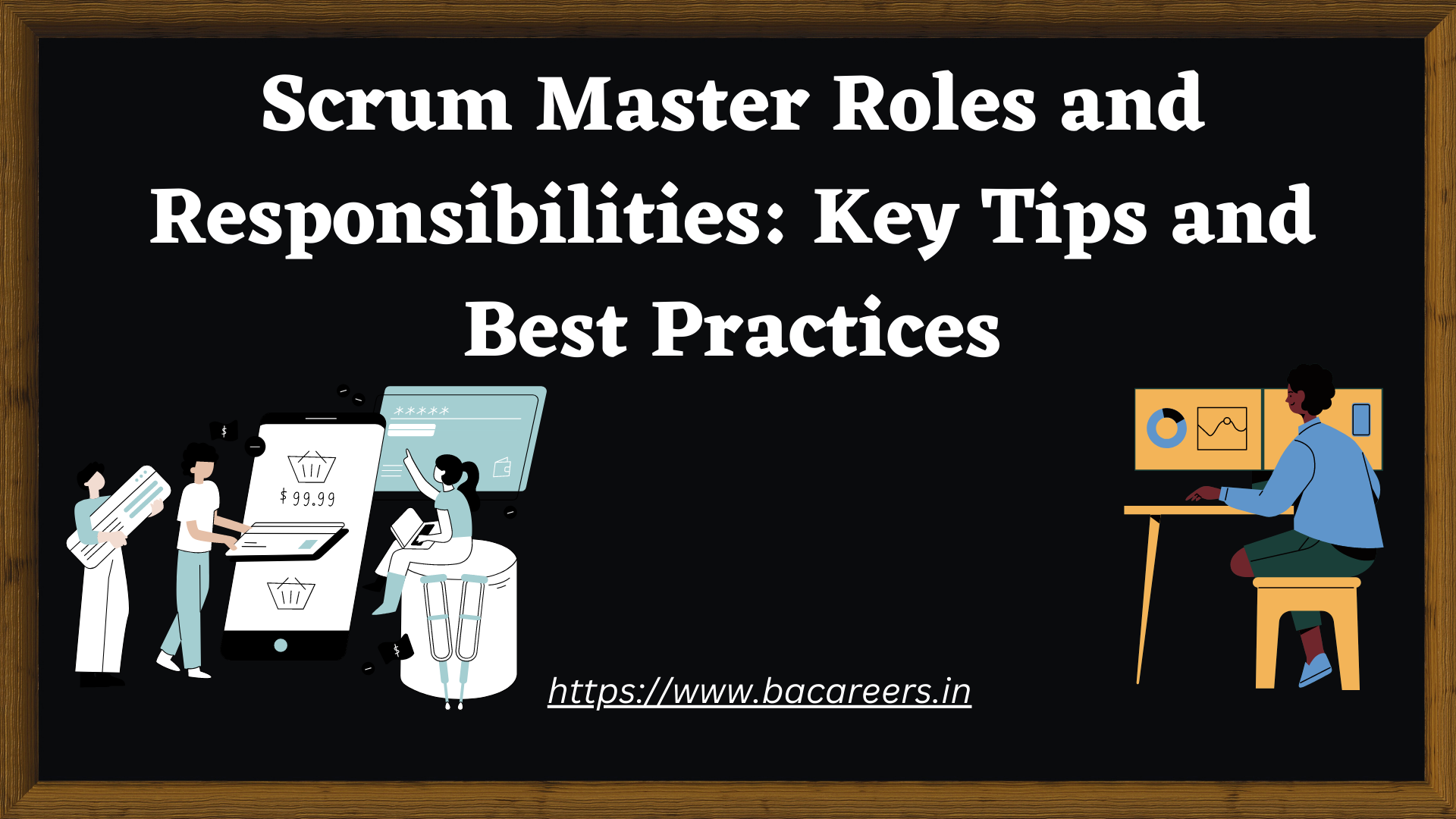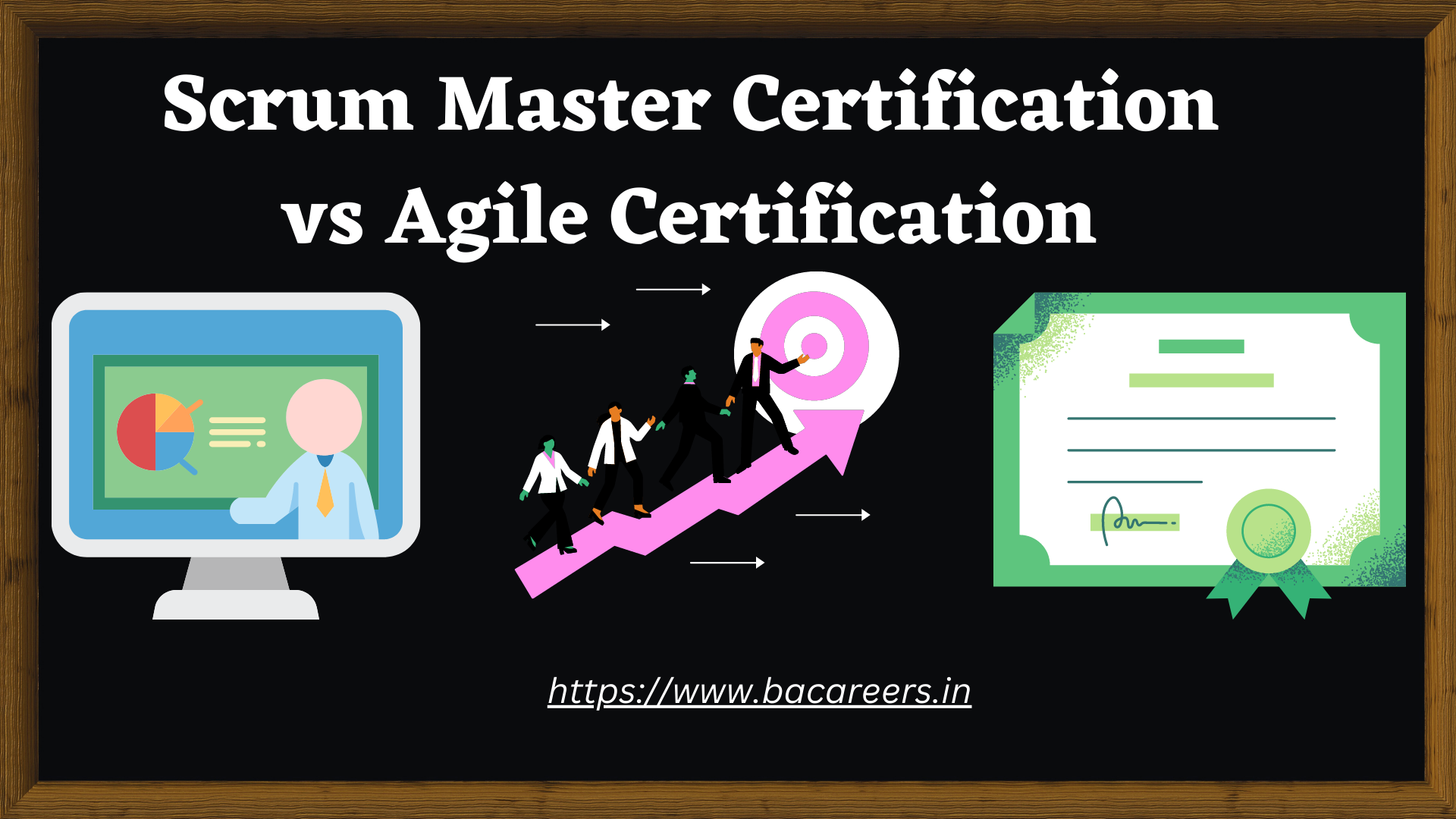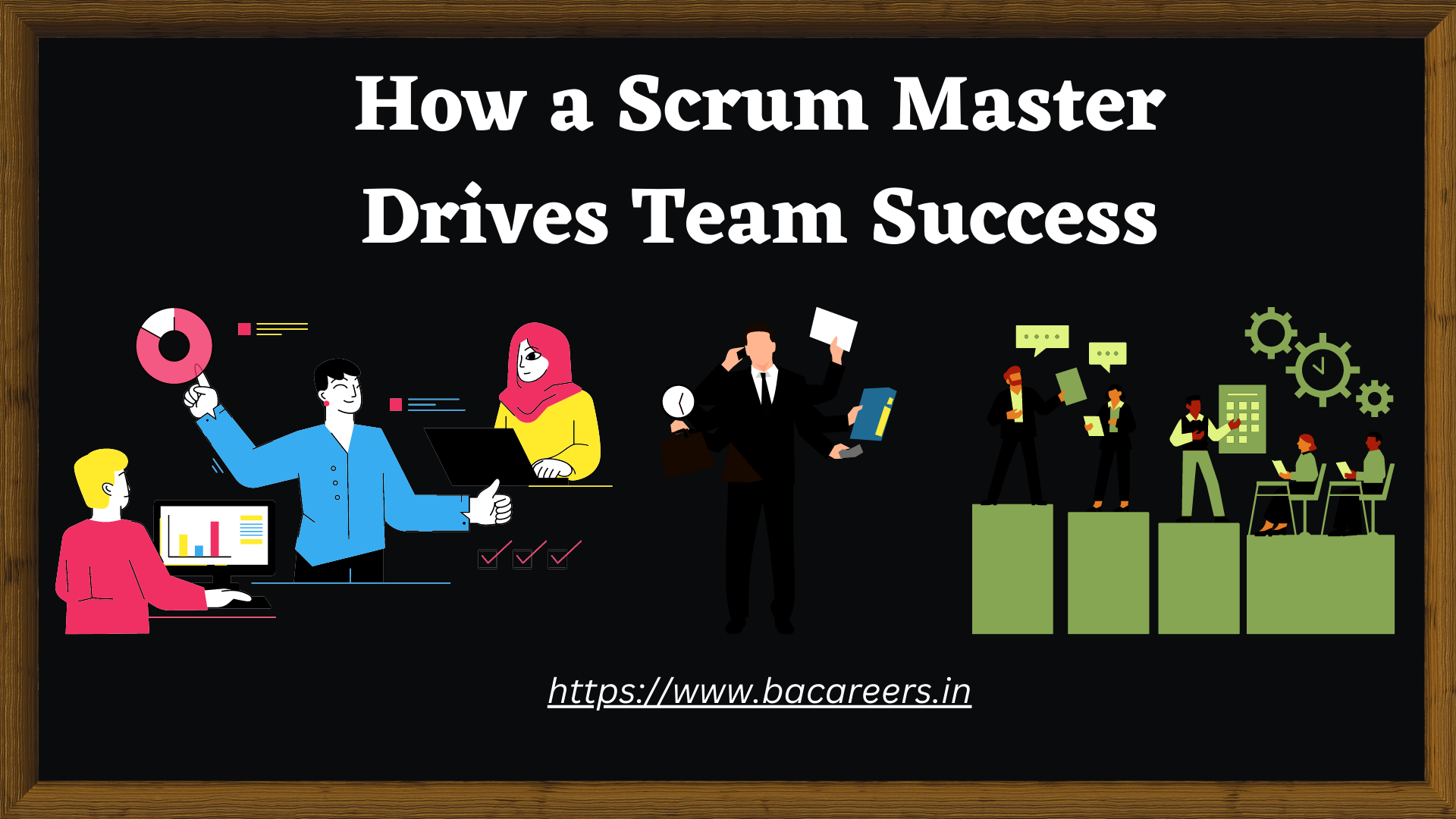The Future of Software Development: Trends and Innovations to Watch
In the ever-evolving world of technology, software development is at the forefront of innovation. As businesses strive to stay ahead of the curve in a digital landscape, the future of software development is a topic of utmost importance. From artificial intelligence and machine learning to cloud computing and blockchain, the possibilities seem endless. This article explores the exciting trends and innovations that are set to shape the future of software development. Whether you’re a seasoned developer or simply curious about the direction in which the industry is heading, this guide will provide valuable insights and predictions. Join us as we delve into the world of software development and uncover the cutting-edge technologies that are poised to revolutionize the way we create, deploy, and maintain software applications. Get ready to embrace the future of software development and discover the tools and techniques that will define the digital landscape of tomorrow.

Topics Covered :
Current trends in software development
The rise of artificial intelligence in software development
The impact of blockchain technology on software development
The role of cloud computing in the future of software development
The importance of user experience in software development
The emergence of low-code and no-code development platforms
The future of mobile app development
The integration of Internet of Things (IoT) in software development
The role of virtual reality and augmented reality in software development
Conclusion: Preparing for the future of software development
Current trends in software development
SoftwareDevelopment is a dynamic field, constantly evolving to keep up with the ever-changing demands of technology. Understanding the current trends can help developers stay ahead of the curve and deliver innovative solutions. One of the prominent trends is the increasing adoption of Agile and DevOps methodologies. Agile development allows for faster iterations and better collaboration, while DevOps ensures seamless integration between development and operations teams. Another trend is the shift towards microservices architecture, which enables the development of scalable and modular applications. Additionally, containerization technologies like Docker and Kubernetes are gaining popularity due to their ability to simplify deployment and improve scalability. These trends highlight the importance of adaptability and efficiency in software development.
The rise of artificial intelligence in software development
Artificial intelligence (AI) is revolutionizing various industries, and software development is no exception. AI-powered tools and frameworks are being used to automate repetitive tasks, enhance decision-making processes, and improve the overall efficiency of software development. Machine learning algorithms, for example, can analyze large datasets and provide valuable insights that can inform development decisions. Natural language processing (NLP) is another AI technology that enables software to understand and interact with human language, making it easier to develop intuitive user interfaces. With AI becoming more accessible and powerful, developers can expect to see an increase in AI-driven applications and tools in the future.
The impact of blockchain technology on SoftwareDevelopment
Blockchain technology, originally introduced as the underlying technology for cryptocurrencies, has found its way into various industries, including software development. Blockchain offers a decentralized and secure way to store and verify data, making it suitable for applications that require transparency and trust. In software development, blockchain can be used for secure data storage, smart contracts, and decentralized applications (DApps). Additionally, blockchain technology can enable new business models, such as tokenization and decentralized finance (DeFi). As blockchain continues to mature, developers need to stay updated on its capabilities and explore its potential applications in their projects.
The role of cloud computing in the future of SoftwareDevelopment
Cloud computing has transformed the way software is developed, deployed, and maintained. With cloud infrastructure, developers can access scalable computing resources on-demand, eliminating the need for upfront hardware investments. This flexibility enables faster development cycles and better resource utilization. Additionally, cloud platforms provide a wide range of services, such as storage, databases, and machine learning, that developers can leverage to build sophisticated applications. As the demand for cloud-based solutions continues to grow, developers should familiarize themselves with cloud platforms and services to stay competitive in the industry.
The importance of user experience in SoftwareDevelopment
In today’s digital age, user experience (UX) plays a crucial role in the success of software applications. Users have high expectations for seamless and intuitive interfaces, and developers need to prioritize UX design throughout the development process. User-centric design methodologies, such as design thinking and user testing, can help developers understand user needs and create engaging experiences. Additionally, responsive design and accessibility considerations are essential to ensure that applications are accessible to users across different devices and abilities. By focusing on UX, developers can create applications that not only meet user expectations but also drive user satisfaction and loyalty.
The emergence of low-code and no-code development platforms
Traditional SoftwareDevelopment often requires extensive coding skills and expertise. However, with the emergence of low-code and no-code development platforms, individuals with limited coding knowledge can participate in the software development process. Low-code platforms provide visual interfaces and drag-and-drop components, allowing users to visually design applications without writing extensive code. No-code platforms take it a step further by enabling users to build applications using pre-built templates and configurations. These platforms democratize software development and empower citizen developers to create functional applications with minimal coding. While low-code and no-code platforms may not replace traditional software development entirely, they provide an alternative approach that can accelerate development and empower non-technical individuals to contribute to software projects.
The future of mobile app development
Mobile applications have become an integral part of our lives, and the future of mobile app development is full of exciting possibilities. One of the trends to watch is the rise of cross-platform development frameworks, such as React Native and Flutter. These frameworks enable developers to build mobile apps that can run on multiple platforms, reducing development time and cost. Additionally, the integration of emerging technologies like augmented reality (AR) and virtual reality (VR) is set to transform the mobile app landscape. AR and VR can enhance user experiences by overlaying digital information onto the real world or creating immersive virtual environments. As mobile devices become more powerful and AR/VR technologies mature, developers can expect to see a surge in innovative mobile applications that leverage these technologies.
The integration of Internet of Things (IoT) in SoftwareDevelopment
The Internet of Things (IoT) has gained significant traction in recent years, connecting everyday objects to the internet and enabling them to exchange data. This connectivity opens up new opportunities for software development. IoT devices generate massive amounts of data that can be harnessed to gain insights and improve decision-making processes. Software developers can leverage IoT platforms and frameworks to build applications that interact with connected devices, monitor real-time data, and automate processes. Furthermore, the integration of IoT with other technologies like AI and blockchain can unlock even more possibilities, such as smart cities, industrial automation, and predictive maintenance. As the number of IoT devices continues to grow, software developers need to embrace IoT development to tap into its potential.
The role of virtual reality and augmented reality in SoftwareDevelopment
Virtual reality (VR) and augmented reality (AR) are immersive technologies that have the power to transform the way we interact with digital content. In software development, VR and AR can be used to create engaging and interactive experiences. VR allows users to enter virtual environments, immersing themselves in a computer-generated world. This technology has applications in gaming, training simulations, and virtual tours. On the other hand, AR overlays digital information onto the real world, enhancing our perception of the environment. AR can be used in various industries, such as retail, education, and healthcare, to provide interactive and informative experiences. As VR and AR technologies become more accessible and affordable, software developers can leverage these technologies to create innovative applications that blur the line between the physical and digital worlds.
Conclusion: Preparing for the future of software development
The future of software development is filled with exciting trends and innovations that will shape the digital landscape. From artificial intelligence and blockchain to cloud computing and UX design, developers need to stay updated on the latest technologies and methodologies to thrive in the industry. Embracing trends like AI and blockchain can unlock new possibilities and enable the development of sophisticated applications. Cloud computing offers scalability and flexibility, while UX design ensures that applications meet user expectations and drive user satisfaction. The emergence of low-code and no-code platforms democratizes software development, allowing individuals with limited coding knowledge to contribute to projects. The future of mobile app development lies in cross-platform frameworks and the integration of emerging technologies like AR and VR. IoT and its integration with other technologies present new opportunities for software developers. Finally, VR and AR technologies offer immersive and interactive experiences that can transform various industries. By staying informed and adapting to the changing landscape, developers can prepare for the future and contribute to the advancement of software development. The possibilities are endless, and the future is waiting to be shaped. Let’s embrace the future of software development together!
Related Articles :
How the Waterfall Model Ensures Seamless Project Delivery
SDLC Interview Questions For Business Analyst
What Is SoftwareDevelopment: Definition, Processes and …

Business Analyst , Functional Consultant, Provide Training on Business Analysis and SDLC Methodologies.









